Photos: Ancient Arrows from Reindeer Hunters Found in Norway
Ancient findings
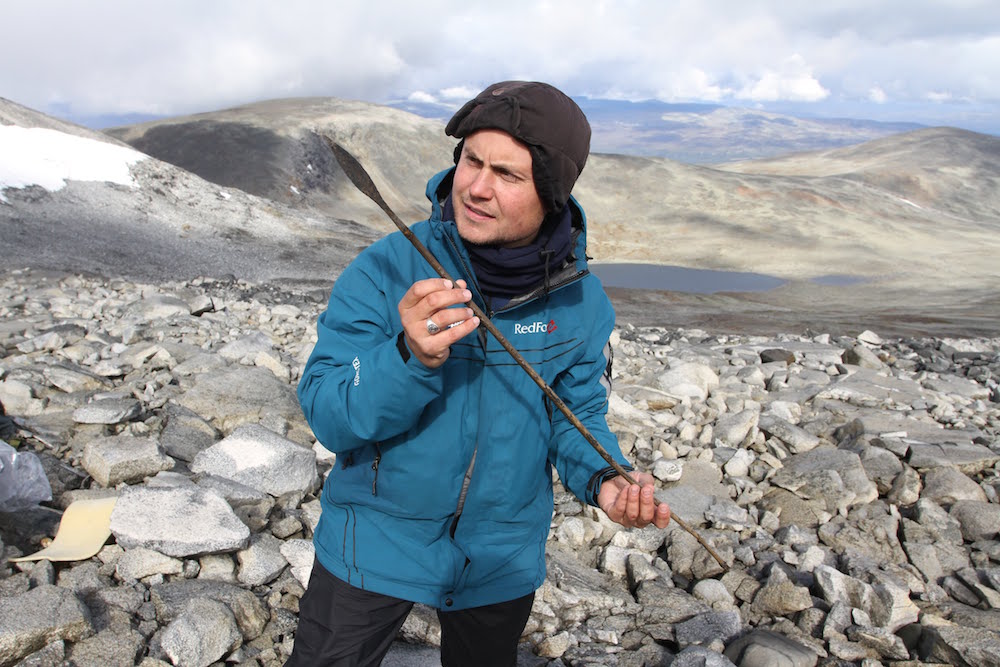
As climate change melts the ice patches of Norway, artifacts from the past 6,000 years are being exposed. From 2006 to 2015, archaeologists collected more than 2,000 of these artifacts — mostly iron-tipped arrows from reindeer hunters — and dated 153 of them using radiocarbon dating.
In a new study, these dated artifacts have informed archaeologists about the number of people who came to Norway's mountainous regions in the past, and how these people hunted the reindeer there. In this photo, an archaeologist holds a roughly 1,400-year-old arrow found in the high mountains of Oppland, Norway. Hunters used this arrow during the Late Antique Little Ice Age. [Read more about the ancient reindeer hunters]
Mountain reindeer
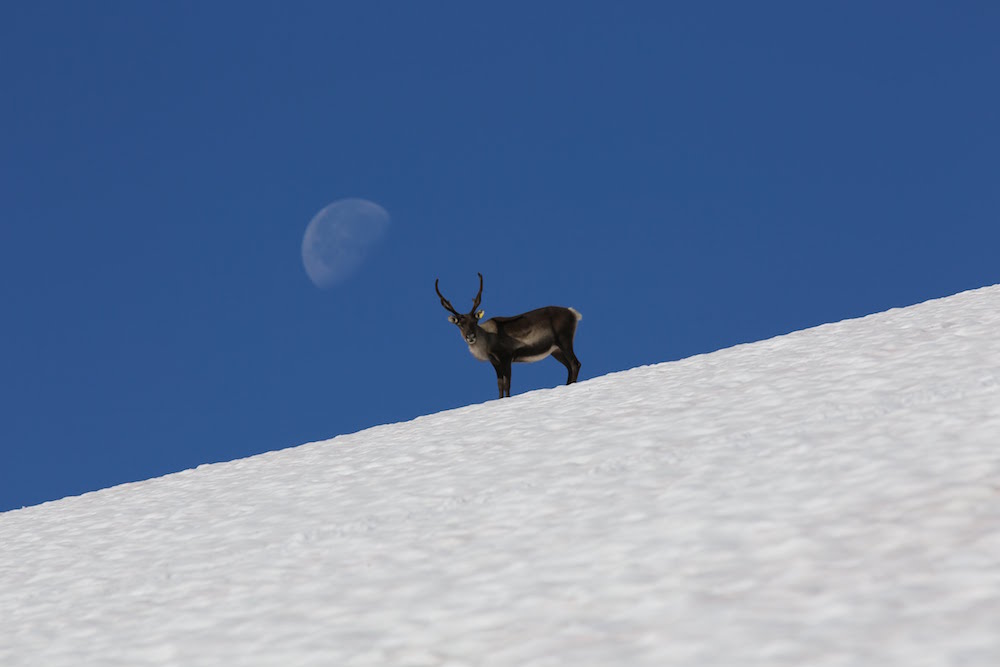
When the weather is warm, reindeer gather on the ice and snow to avoid parasitic insects. Ancient hunters knew this and often hunted reindeer on the ice using bows and arrows.
Bronze Age shoe
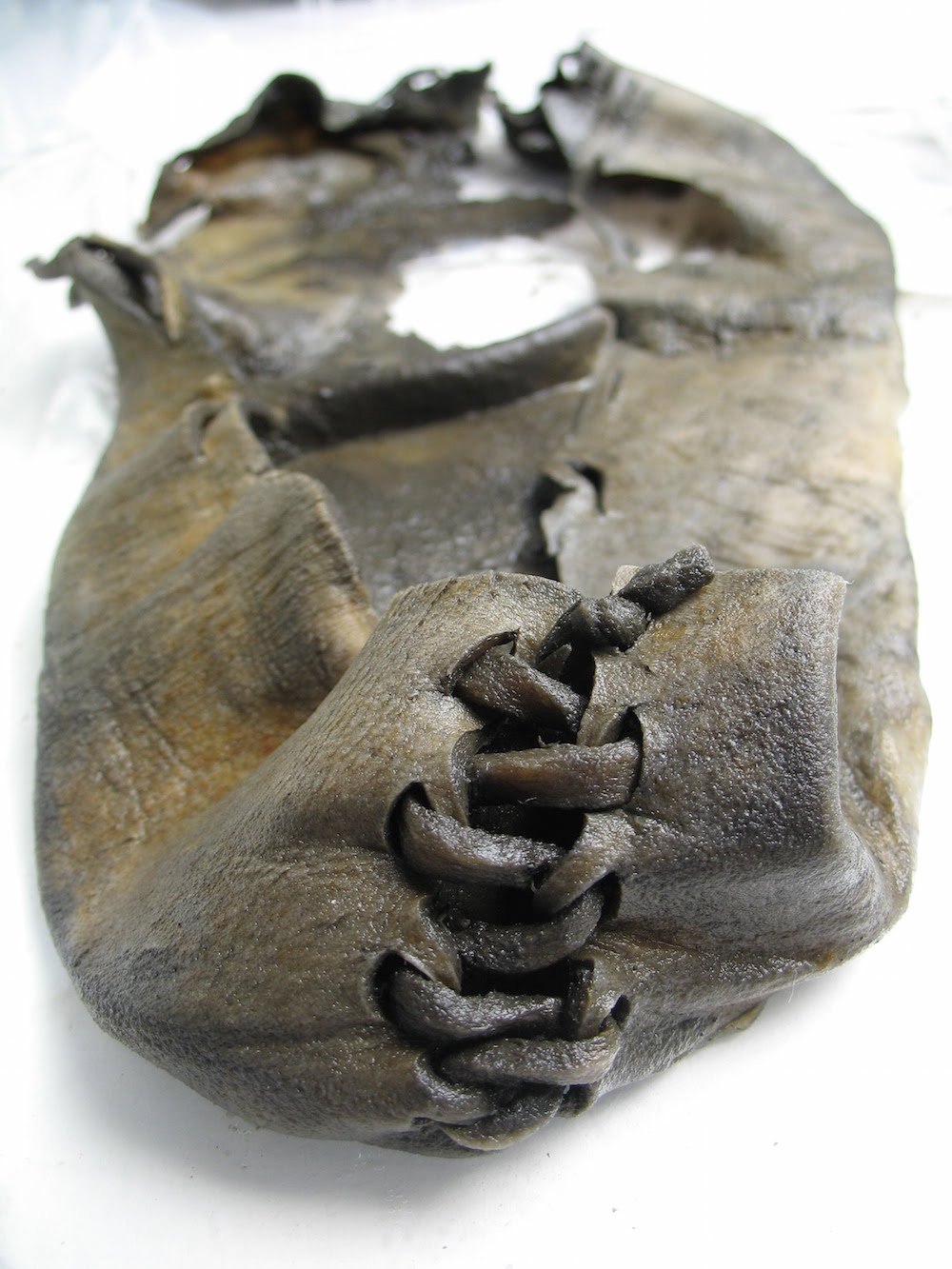
A shoe dating to 1300 B.C., one of the earliest discoveries from the ice in Oppland County.
Iron Age arrow
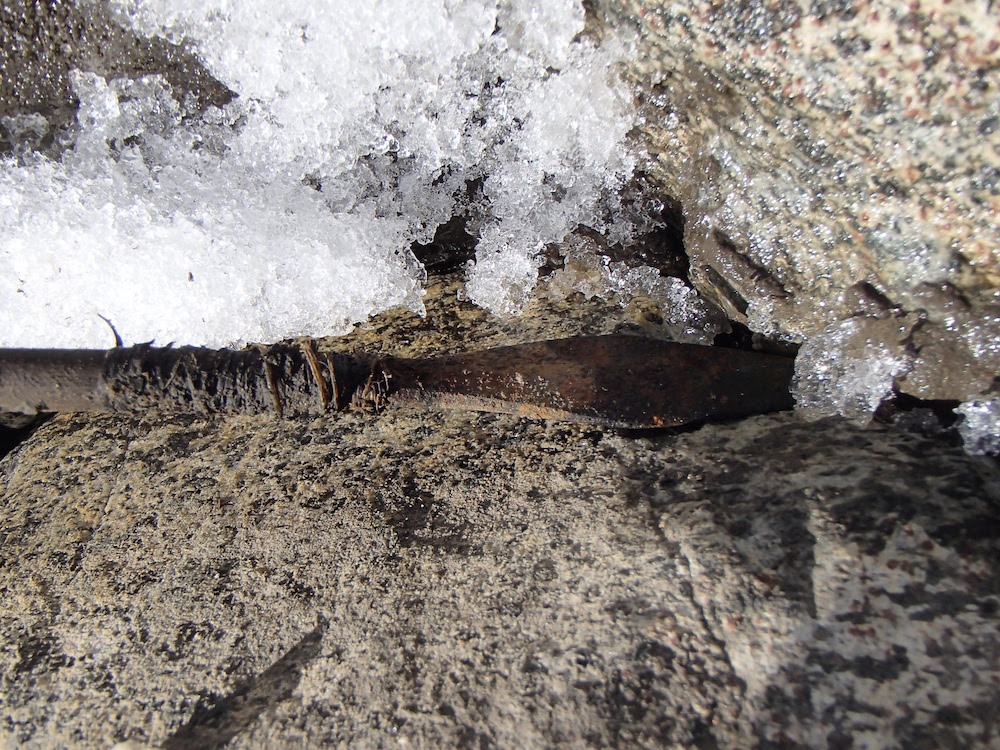
An Iron Age arrow from the Norwegian mountain Trollsteinhøe.
Arrow vanes
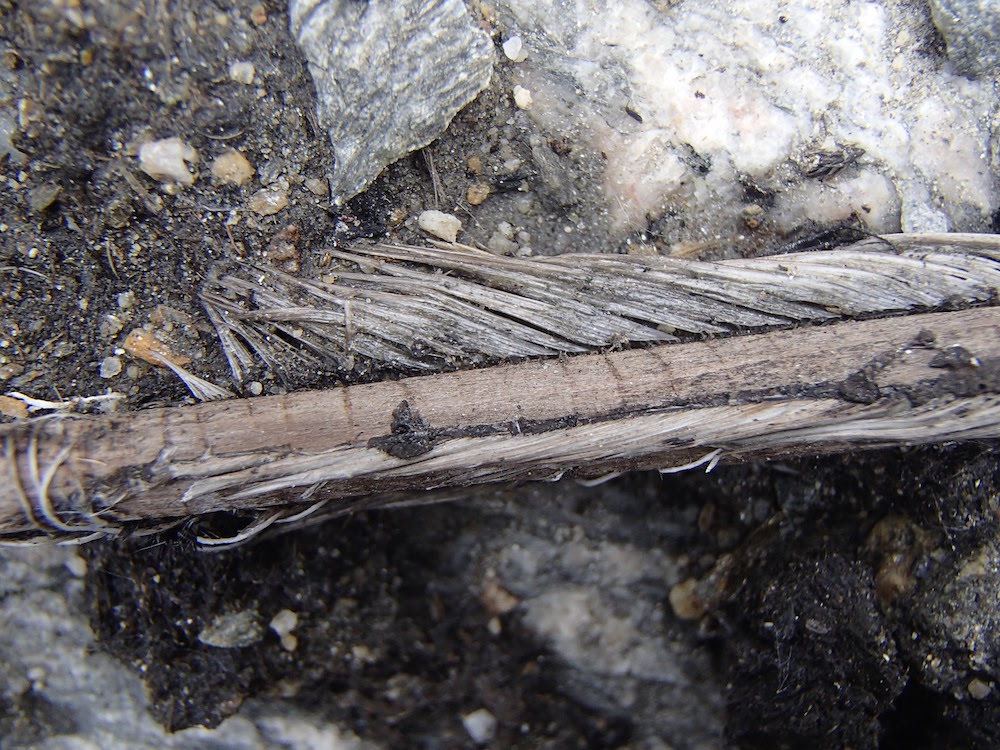
Arrow fletching from the Lendbreen ice patch: This fletching, or vanes, helped give the arrow stability as it flew through the air.
Systematic survey
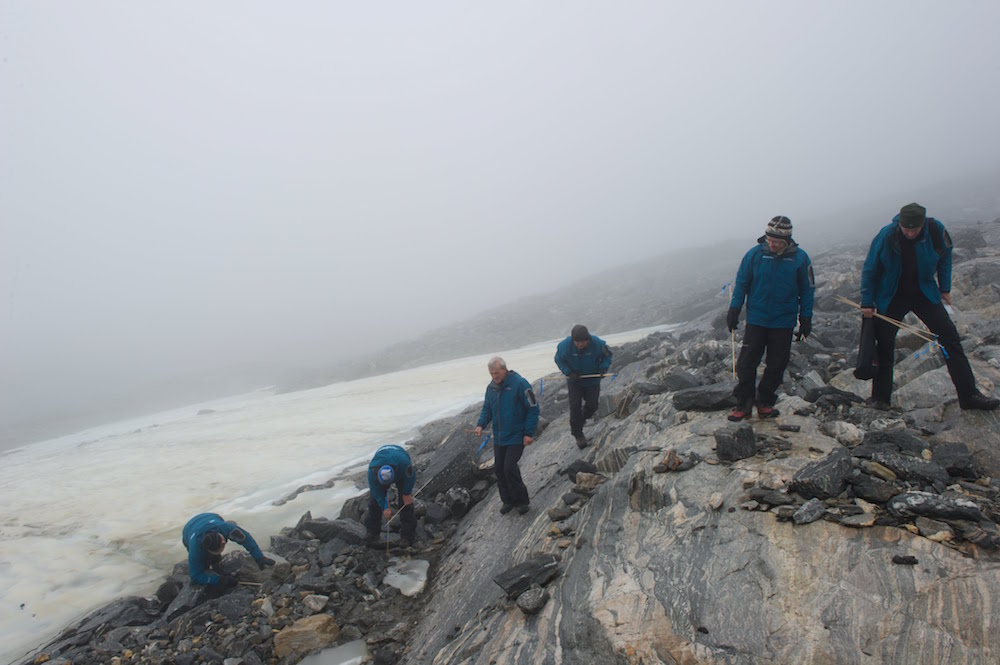
The archaeologists surveyed the mountains systematically.
Walking stick
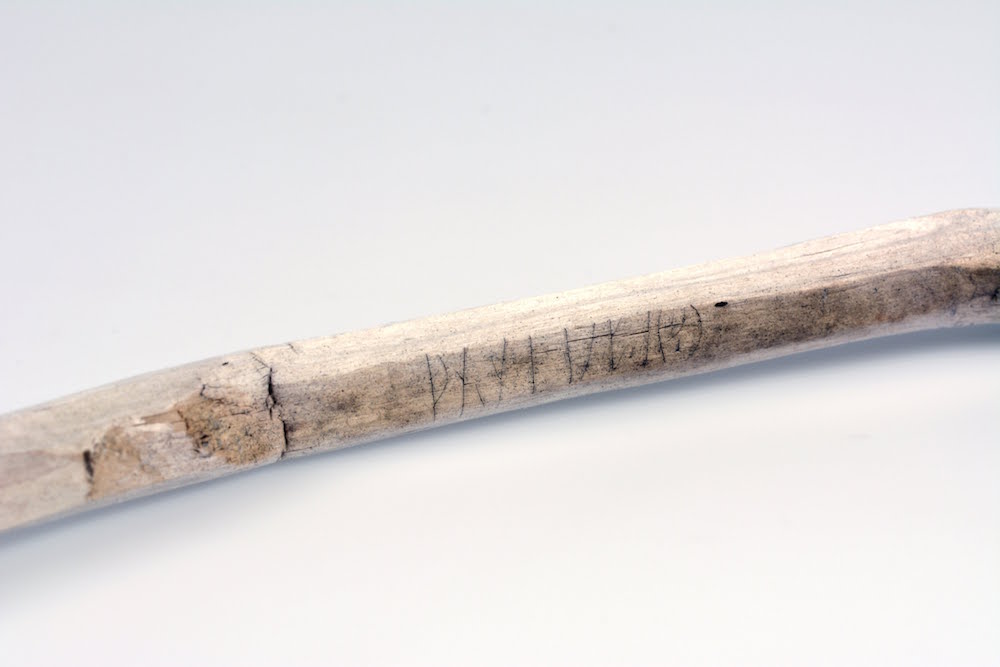
A close-up photo of a runic inscription on a walking stick that was dated to the 11th century A.D.
Get the world’s most fascinating discoveries delivered straight to your inbox.
Old tunic
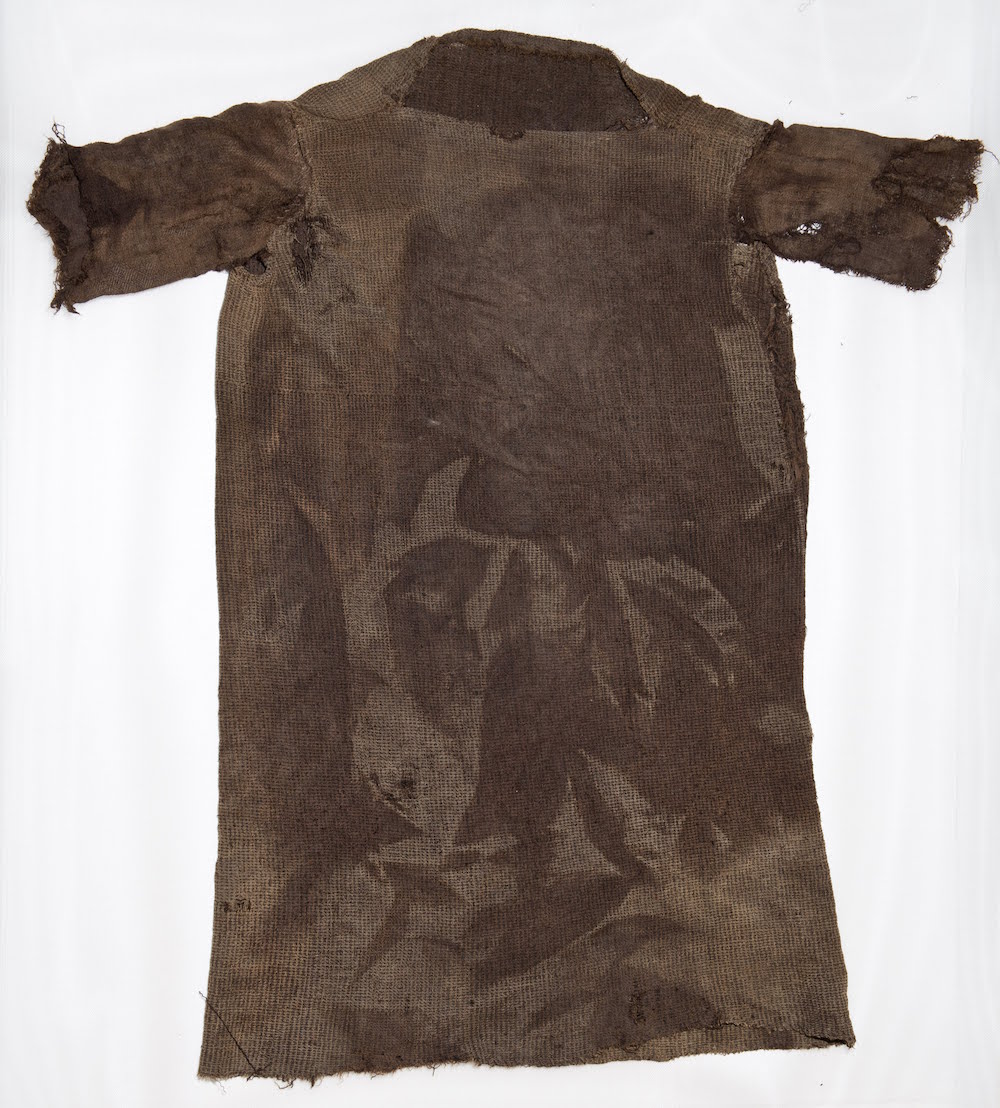
The melting ice revealed this tunic, which was radiocarbon-dated to about A.D. 300.
Blue skies
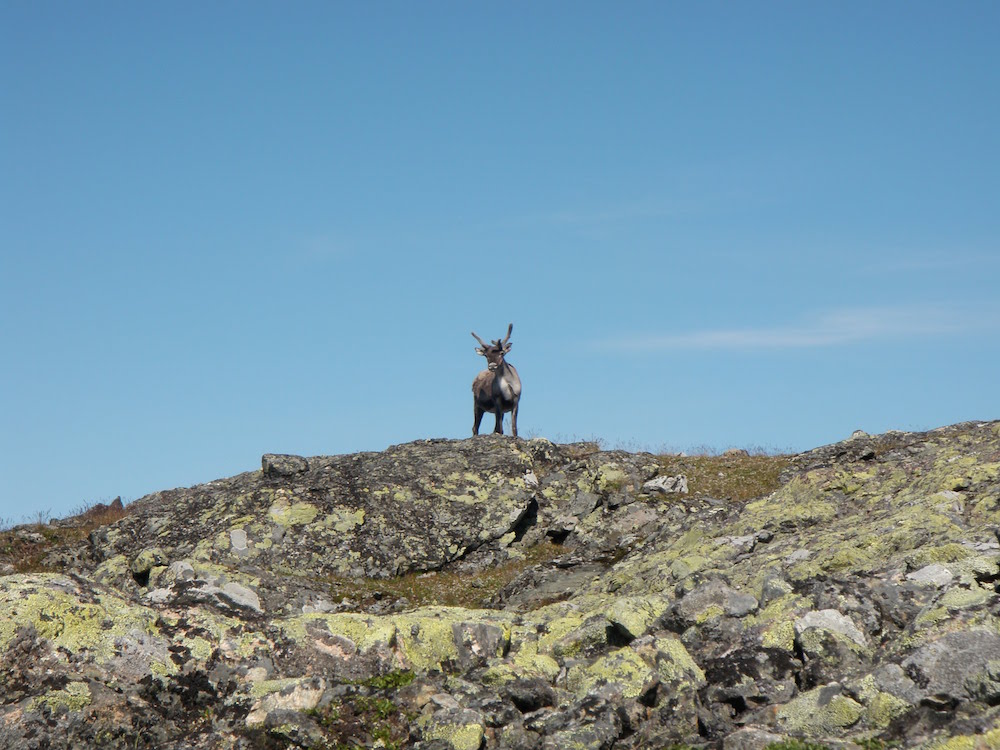
A reindeer in Oppland, Norway.
Norway-reindeer-10
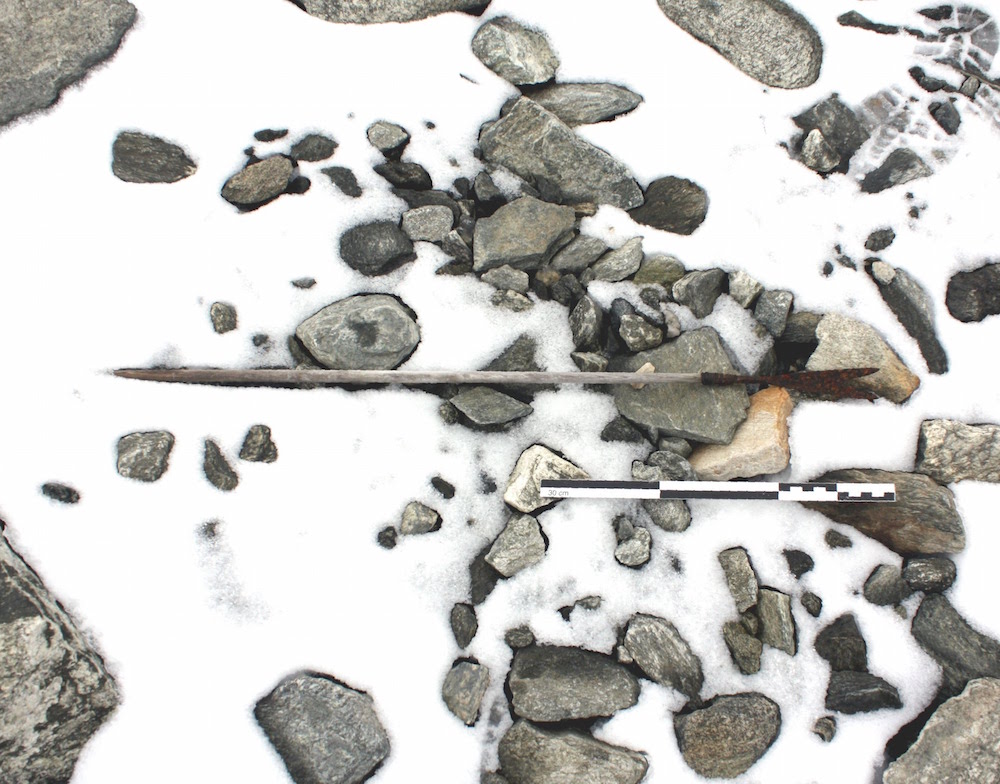
An arrow that dates to about A.D. 800, the beginning of the Viking age.
Arrow close up
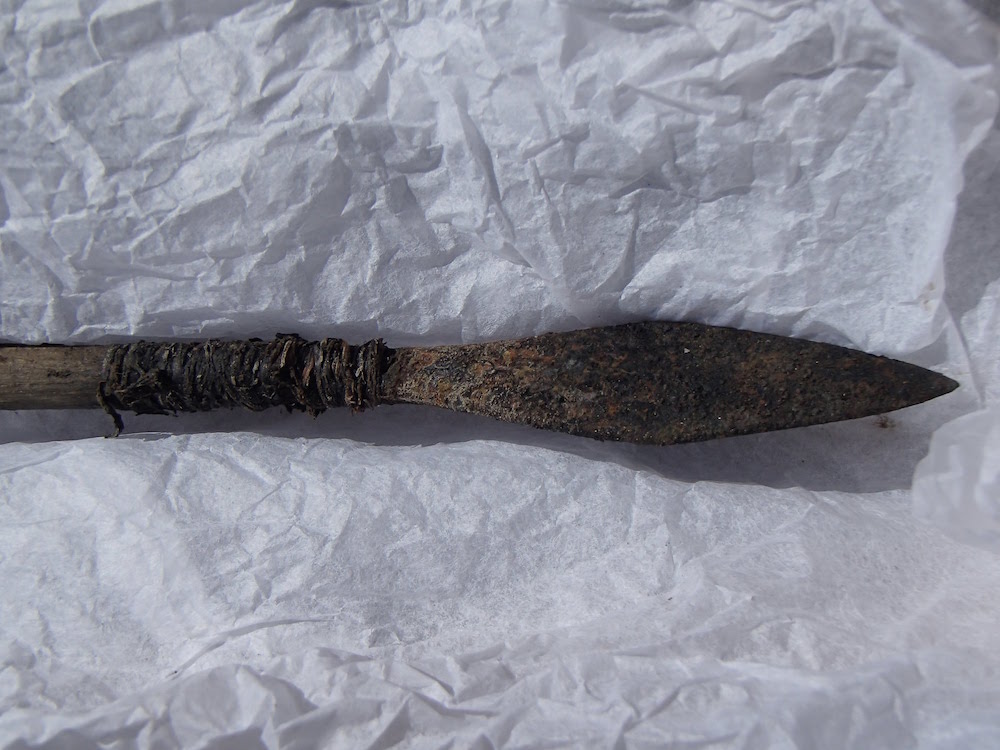
An Ice Age arrow found in Trollsteinhøe, Norway.

Laura is the archaeology and Life's Little Mysteries editor at Live Science. She also reports on general science, including paleontology. Her work has appeared in The New York Times, Scholastic, Popular Science and Spectrum, a site on autism research. She has won multiple awards from the Society of Professional Journalists and the Washington Newspaper Publishers Association for her reporting at a weekly newspaper near Seattle. Laura holds a bachelor's degree in English literature and psychology from Washington University in St. Louis and a master's degree in science writing from NYU.
